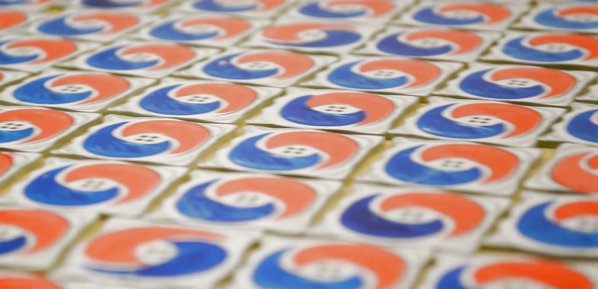It seems crazy having to explain what a piece of technology was like to someone who is barely fifteen years your junior, but yet we have reached that point when it comes to CRTs. There may still be remnants of CRT televisions and monitors left out in the wild, however, the chances that a kid preparing to enter high school has encountered one is slim. While there may be no substitute for the real thing, there is this raw video from [Glenn] who shared his tour of the Sony Trinitron assembly line in the early 2000s. 
Sony Electronics’ cathode ray tube manufacturing facility was located alongside headquarters in Rancho Bernado, CA. The facility was shuttered in 2006 when Sony transitioned wholly onto digital displays like the flat-panel LCD line of Bravia televisions. [Glenn]’s video shows that the manufacturing process was almost entirely automated from end to end. A point that was made even more clear with the distinct lack of human beings in the video.
The Trinitron line of televisions first appeared in 1968. At a time where most manufacturer’s were offering black and white picture tubes, Sony’s Trinitron line was in color. That name carried through until the end when it was retired alongside tube televisions themselves. Sony’s focus on technological innovation (and proprietary media formats) made them a giant in the world of consumer electronics for over forty years in the United States, but in the transition to a digital world saw them seeding market share to their competitors.
A quick word of warning as the video below was shot directly on Sony’s factory floor so the machinery is quite loud. Viewers may want to reduce the volume prior to pressing play.
Continue reading “Retrotechtacular: Some Of The Last CRTs From The Factory Floor”


















